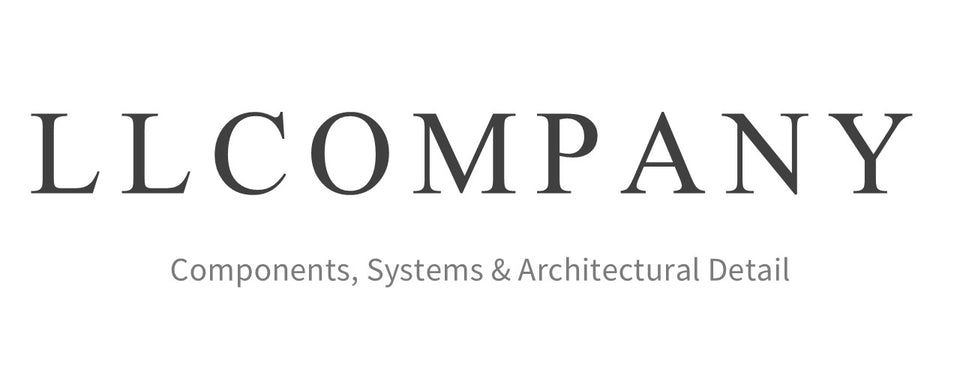What is the difference between ogee and torus moulding profiles?
Torus and Ogee are two different types of moulding profiles commonly used in woodworking and interior design. Here's how they differ:
- Torus Moulding Profile:
A torus profile is a convex moulding with a semi-circular cross-section. The profile consists of a round, convex section that blends into a flat surface at the back. The torus profile is typically used to add a decorative edge to furniture, cabinetry, and architectural details such as baseboards, casings, and cornices.
- Ogee Moulding Profile:
An ogee profile is a double curve moulding that features an S-shaped profile. The profile has a concave curve that blends into a convex curve. The ogee profile is often used to create a decorative edge on furniture, cabinetry, and architectural details such as baseboards, casings, and cornices.
So, the main difference between torus and ogee profiles is their shape. The torus has a simple, round profile, while the ogee has a more complex S-shaped profile. While both profiles are often used for similar purposes, the ogee profile may be preferred for more ornate and detailed designs.
Other articles you might like
How Library Ladder Rails Work | A guide
These sturdy rails are what your ladder rolls or hooks onto, allowing it to glide smoothly along your cabinetry, bookcase, or shelving system. In this guide, we’ll walk you through how library ladder rails work, the options available, and what to consider when fitting them.
How to Measure for Your Library Ladder
What is interior architecture?
Subscribe to our newsletter
Promotions, new products and sales. Directly to your inbox.





















